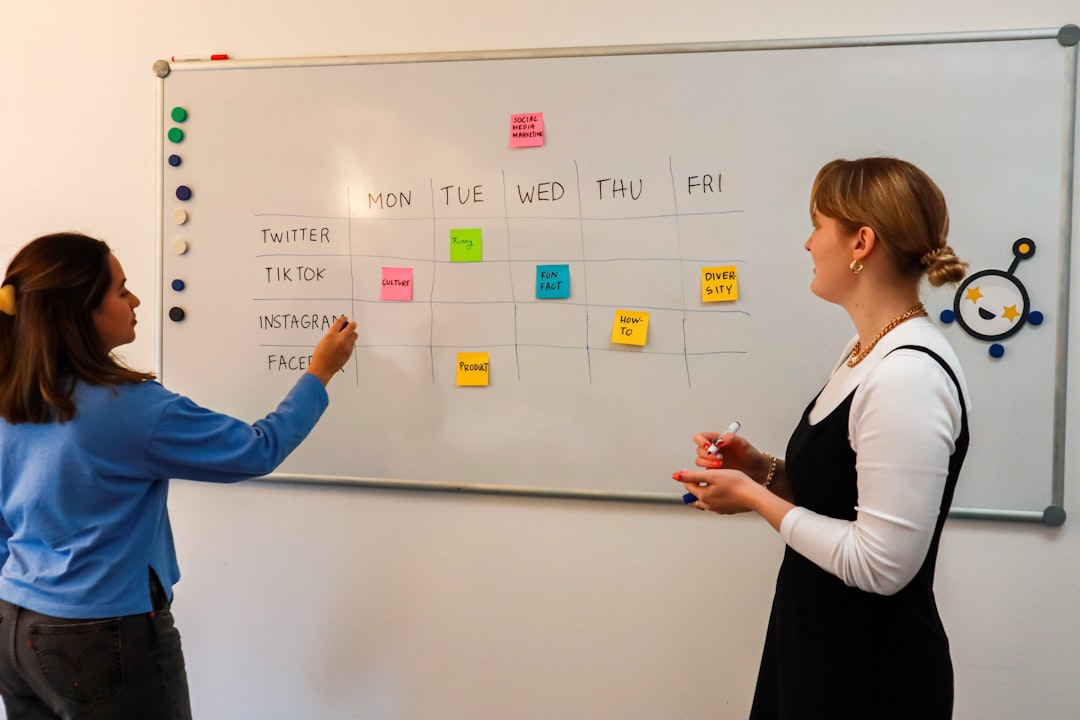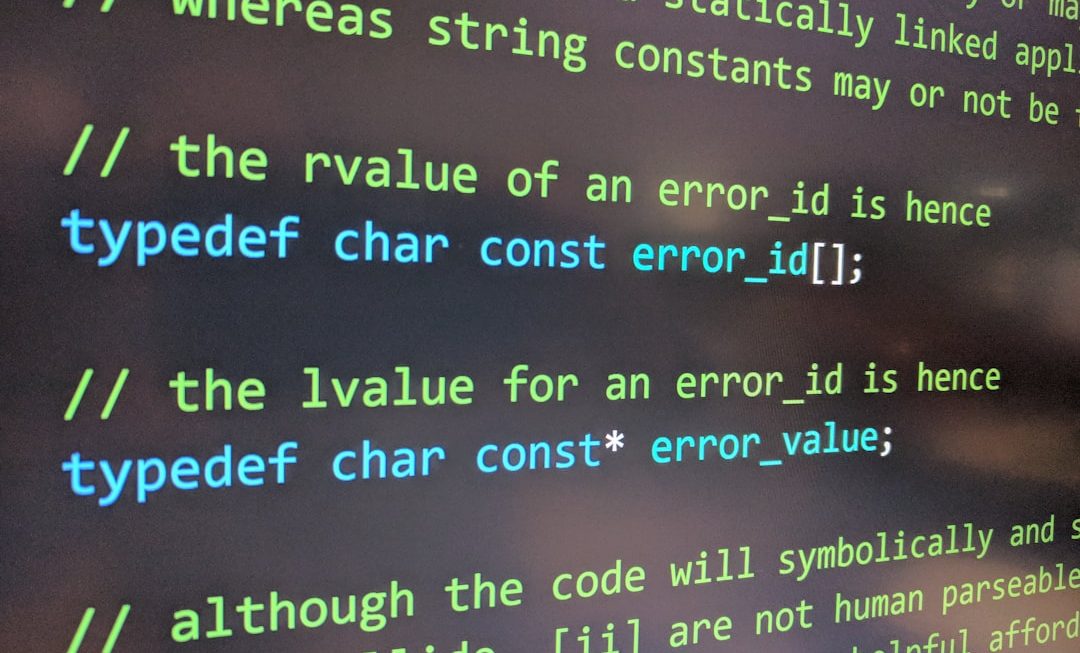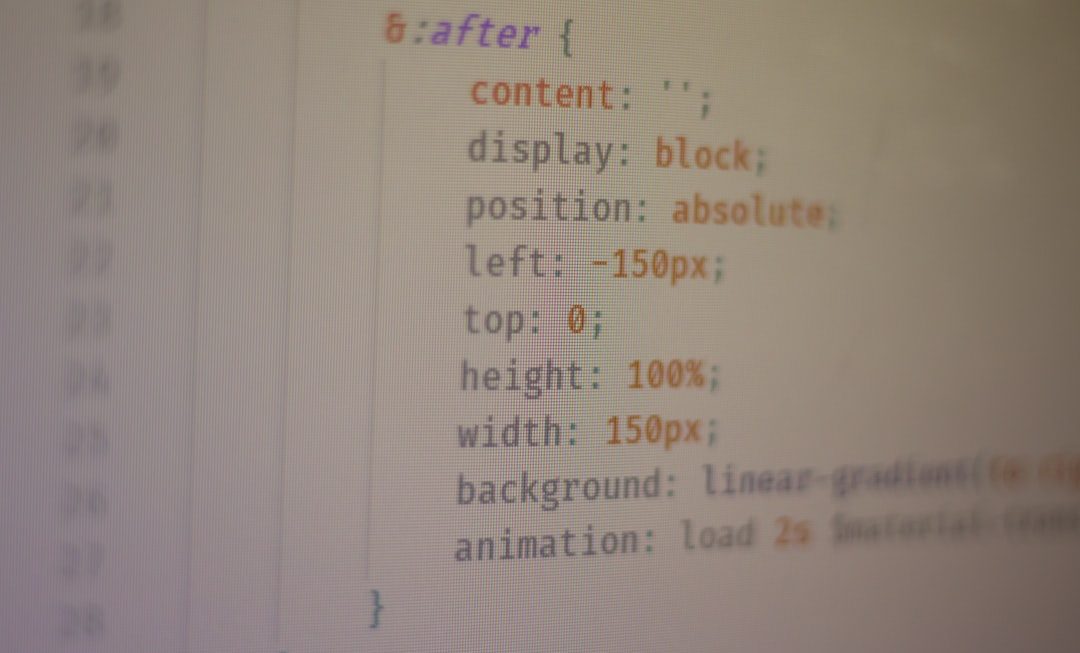App security is serious business. But that doesn’t mean it has to be boring or complicated. In today’s fast-paced dev world, teams don’t have time for a 50-page security strategy. You need smart, actionable steps. Enter: modern threat modeling.
What is Threat Modeling?
Threat modeling is like asking, “How could someone break this?” before a bad actor actually does. It’s a structured way to find security issues—early in development.
But forget the old-school, hours-long meetings. Threat modeling today can be fast, shared, and even… fun?
Why Should Busy Teams Care?
- It saves time.
- It catches problems early (which is cheaper).
- It makes security everyone’s job, not just the security team’s.
And let’s be honest—no one likes those “we found a vuln the day before release” moments.
Bad News First: Common Misconceptions
Threat modeling gets a bad reputation. Some teams think it’s:
- Only for security experts
- A huge time sink
- Too complex for fast-moving teams
But it doesn’t have to be.
Good News: There’s a Better Way
Modern app sec teams are rethinking how they threat model. The key? Make it light, make it collaborative, and make it continuous.
Step 1: Think Like an Attacker
This step is fun. Really. It’s like planning a heist—but for good.
Gather your team. Grab a whiteboard or open a shared doc. Ask:
- What are we building?
- Who interacts with it?
- What’s valuable?
- How could someone break it?
Then draw it out. Diagrams help get everyone on the same page.

Step 2: Use Simple Tools
You don’t need fancy software. Just use what your team already knows:
- Use sticky notes (real or digital)
- Trello boards, Miro, or even Google Slides
- Draw a flowchart of the system
Visuals are powerful. They help non-security folks join the conversation easily.
Step 3: Identify Trust Boundaries
Ask: Where does trust end in your system?
Maybe it’s:
- Between your app and a third-party API
- Between backend systems and users
- Between service A and service B
These boundaries are prime spots for threat actors. Highlight them. Flag them. Focus there.
Step 4: Look for Common Threats
Now it’s time to play “spot the threat.” Watch for:
- Spoofing — pretending to be someone else
- Tampering — changing data
- Repudiation — denying actions
- Information Disclosure — leaking sensitive data
- Denial of Service — crashing your app
- Elevation of Privilege — gaining unauthorized access
These are called the STRIDE categories. They help you frame bad scenarios before they happen.
Step 5: Prioritize and Fix
You won’t fix everything. That’s okay. Focus on:
- The biggest risks
- The easiest fixes
- What impacts users the most
Assign tasks like bug fixes. Log them like normal issues. Don’t treat threats like some mystical security-only work.
Step 6: Do It Often
Threat modeling shouldn’t be a once-a-year ritual. Build it into:
- Design reviews
- Sprint planning
- Retros
If you’re building something new or changing how something works—model the threats. Quick and easy.
Shortcut: The 4 Key Questions
If you’re really short on time, use this mini-model:
- What are we building?
- What can go wrong?
- What are we doing about it?
- Did we do a good job?
Answer these as a team. You’ll get 80% of the benefit in 20 minutes of work.
Make It a Team Sport
Dev teams move fast. Security must move with them. That means:
- Making threat modeling a shared responsibility
- Training devs, ops, and PMs to spot risk
- Breaking down silos between security and everyone else
When everyone knows what a threat looks like, everyone builds better apps.
Give It a Try: A Lightning Model
Here’s an example. Imagine you’re building a simple e-commerce checkout page.
- User enters payment info → gets sent to payment processor
- Order is confirmed → email sent
Now ask:
- Can someone spoof the payment processor?
- Is the payment info validated?
- Is the API secured?
- Could someone spam confirmations?
Now you’ve got a quick threat model. Tag a few team members with fixes. Done.

Bonus: Threat Modeling Anti-Patterns
Watch out for these mistakes:
- Doing it too late — after coding is done = bad
- Doing it alone — security doesn’t have all the context
- Making it too complex — you’ll scare people off
Small, regular, collaborative sessions win every time.
Wrap-up: App Sec Can Be Agile
Threat modeling doesn’t have to be a bottleneck. In fact, it can speed you up. Finding risks during design saves time later. It makes post-release fixes rare.
So next time someone says “Let’s design this feature,” reply with “Cool. Let’s do a quick threat model too.” Easy.
Modern threat modeling is fast, visual, and team-friendly. No excuses. Give it 15 minutes. Your future self will thank you 🛡️





